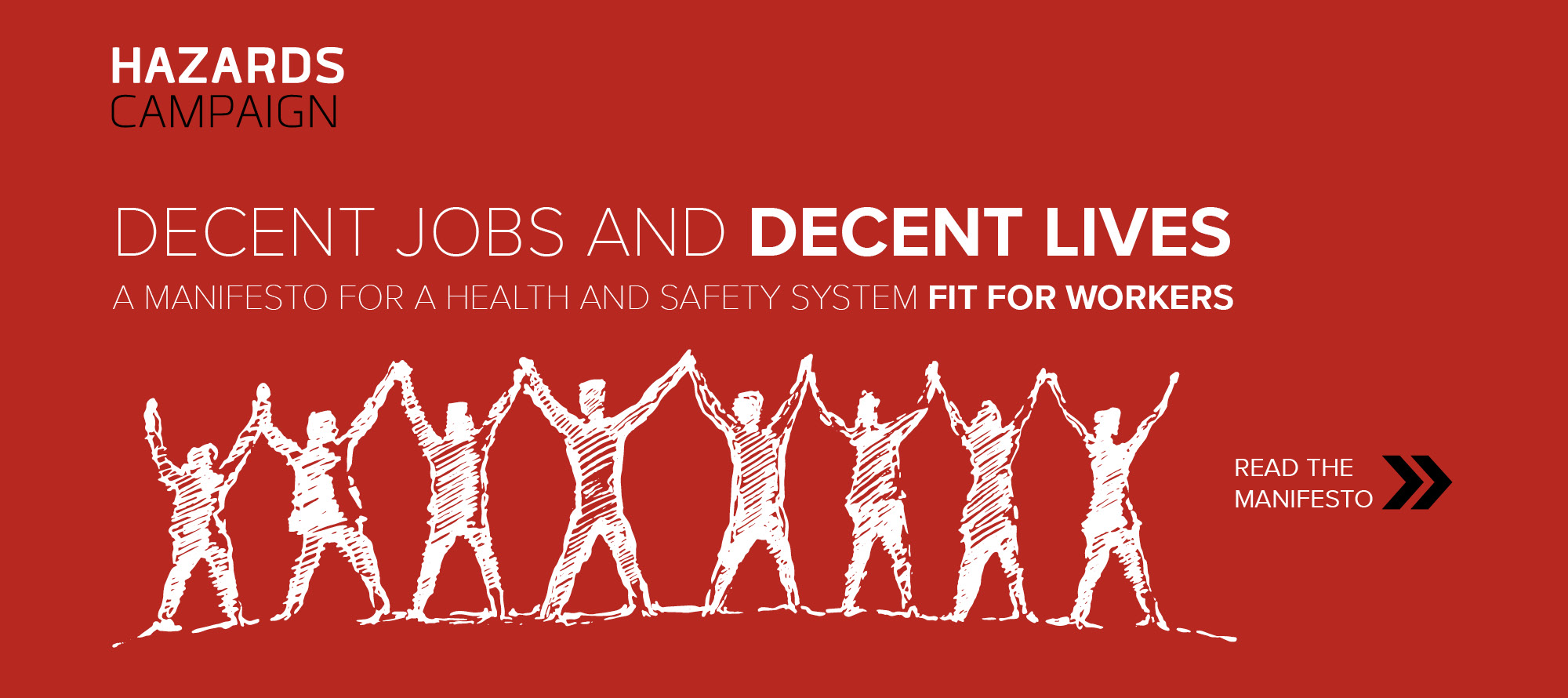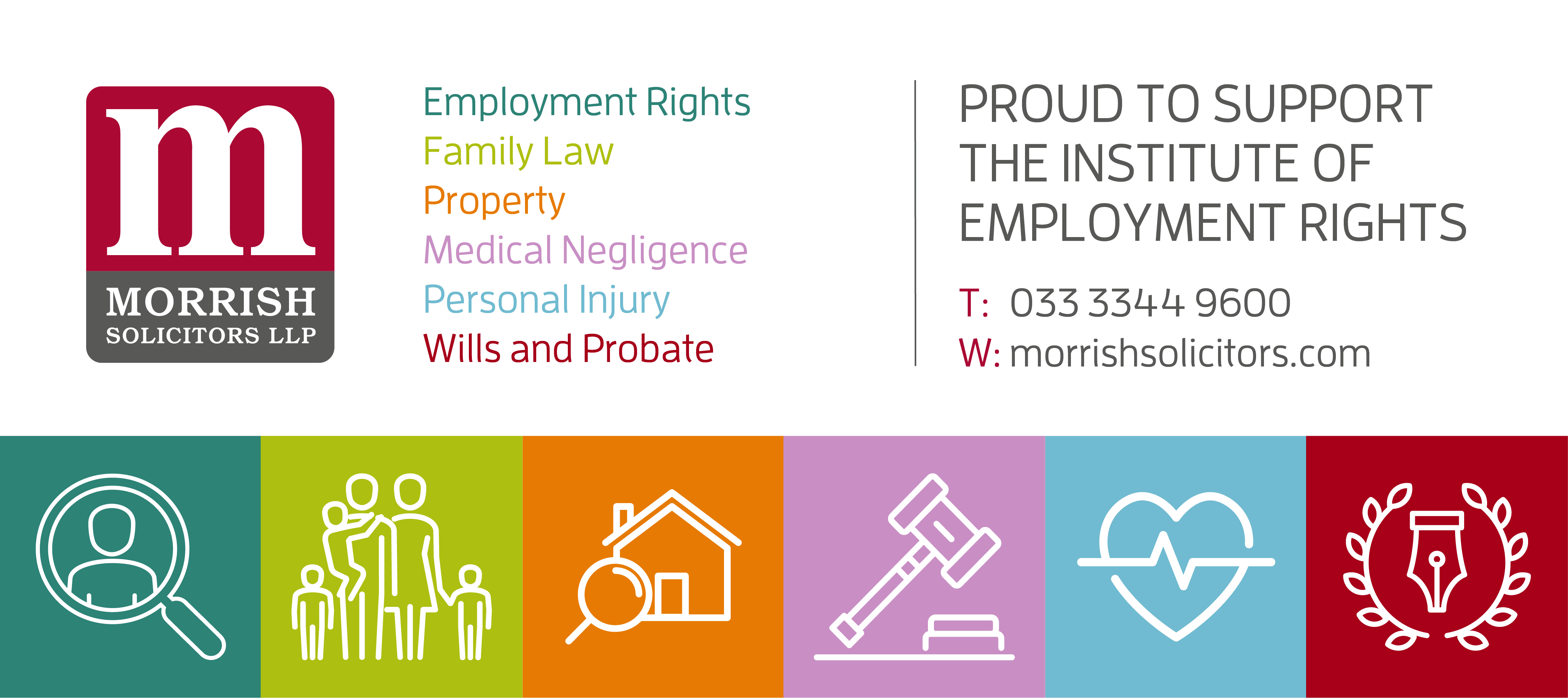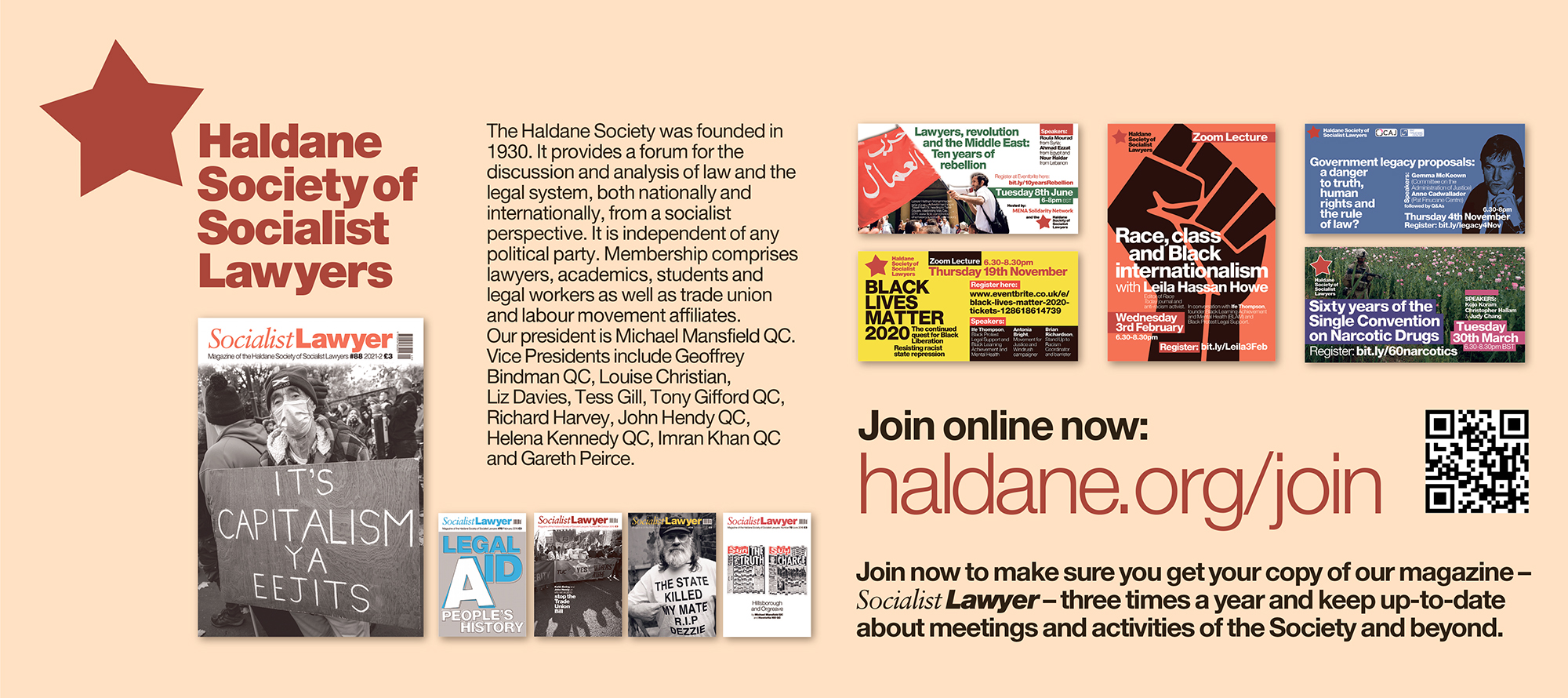New deregulation bill will further limit health and safety law
09 May 2013 A new deregulation bill announced in the Queen's speech yesterday (09 May 2013) is set to exempt some self-employed workers from health and safety legislation.
09 May 2013
A new deregulation bill announced in the Queen’s speech yesterday (09 May 2013) is set to exempt some self-employed workers from health and safety legislation.
The proposals are based on recommendations from Professor Ragnar Löfstedt, who the government commissioned to reviewed health and safety law in March 2011. His report, Reclaiming Health and Safety for All, stated that no cuts to regulations were needed, but suggested removing some self employed people from their responsibility to create a safe workplace so long as they do not pose a risk to others.
If the government intends to exempt people who work completely alone, without other workers or members of the public in their vicinity, then this legislation is simply bizarre. It would only protect the self-employed from being prosecuted if they injured themselves. As Unite the Union pointed out in their response to the Health and Safety Executive’s (HSE) 2012 consultation on the policy, “Unite believes that it is unlikely to be in the public interest to prosecute a sole self-employed worker who poses no risk to others who injures themselves – and indeed, we are not aware of any such a prosecution.”
Alternatively, if a self-employed person was prosecuted because someone else was injured, this event would prove that they do in fact pose a risk to others, voiding their exemption from health and safety law.
Do the government intend to use public money preventing the occurrence of prosecutions that have never actually occurred? Or is there more to its proposals?
In their submission to the HSE, Unite the Union provided damning statistics showing that being self-employed can actually make work more dangerous.
“Self-employed people are more than twice as likely to be killed than employees. There is a fatality rate of 1.2 per 100,000 for the self-employed as against 0.5 per 100,000 for employees,” the union stated.
“Self-employment is more common in many of the most hazardous industries, including construction and agriculture. Much of that self-employment is bogus,” it explained.
Indeed, bogus self-employment is a serious problem, particularly in dangerous sectors like the construction industry, and one that the Institute of Employment Rights has been speaking about for years.
In IER publication Towards the Insecurity Society: The tax trap of self-employment, author Mark Harvey describes bogus self-employment in the construction industry as such: “It is widely recognised that most self-employed are to all intents and purposes, direct employees, only engaged on worse conditions. Employers still provide the materials, capital, and plant, set the hours of work, issue instructions, determine rates of pay.”
Self-employment in the construction industry, then, is often used as a way to avoid tax and employer responsibilities, but to all intents and purposes, the worker is actually an employee.
Bogus or not, self-employed people often work among others, even if they do not have any direct employees (those who do have direct employees will not be made exempt from health and safety law). For instance, nurses can be contracted into hospitals and healthcare establishments where they work alongside other nurses – who may be either self-employed or direct employees of the institution – as well as the general public. Anyone in the vicinity of the nurse could be at risk of harm were protocols not followed, and for this reason both the general public and other workers on the same project are protected under the Health and Safety at Work Act 1974. But would they continue to be protected if the Coalition’s policies go through? This brings us to the question of what the government means when it says “no potential risk of harm”. As Unison stated in their submission to the HSE, this term “will create a legal minefield as courts seek to interpret what ‘no potential risk of harm’ means. In reality, there is no activity that has absolutely no potential risk of harm. It is simply a question of degree”.
An exemption from health and safety law is also likely to cause confusion among the self employed as to whether or not they are exempt by the law. Those who falsely assume they are exempt will act accordingly, thereby putting others at risk of harm and potentially causing injury and death. Is this the price we are willing to pay for what appears to be a bizarre new change to the law?
There are only negative consequences to the deregulation of health and safety law in this manner, with no positives in sight. Perhaps the biggest question we are left with is why are the Coalition so determined to pass this policy through? As more details are released in the coming months, the Institute of Employment Rights will focus on what is in this for the ministers and their big-business donors.
Health and Safety at Work, the IER’s next health and safety conference will look at these new proposals, the recent abolition of employers’ 114-year-old liability for their workers’ welfare, and the ideological drive pushing the Coalition towards deregulation.
Book now for the London conference on June 12th or the Liverpool conference on July 3rd
Read more and purchase Dr Mark Harvey’s books on bogus self-employment Undermining Construction: The Corrosive Effects of False Self-Employment and Towards the Insecurity Society: The tax trap of self-employment








